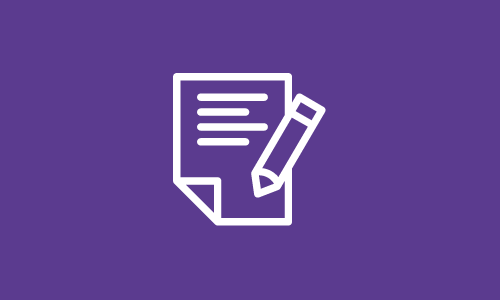Research brief
Measuring the impact of test disengagement on estimates of educational effectiveness
2019
By: Megan Kuhfeld, James Soland

Description
Learn more about our examination of student disengagement and how it may bias estimates of effectiveness based on observed test results.
View research briefRelated Topics



An investigation of examinee test-taking effort on a large-scale assessment
Most previous research involving the study of response times has been conducted using locally developed instruments. The purpose of the current study was to examine the amount of rapid-guessing behavior within a commercially available, low-stakes instrument.
By: Steven Wise, J. Carl Setzer, Jill R. van den Heuvel, Guangming Ling
Topics: Measurement & scaling, School & test engagement, Student growth & accountability policies


Using test scores for teacher evaluation: Why caution is necessary
This article offers insight and guidance on issues to think about before tests are used as an evaluation tool and to help ensure better choices are made about the role test scores play in a teacher’s evaluation.
Topics: Empowering educators, Student growth & accountability policies


These studies are conducted based on assumptions under regular conditions for fixed test forms, such as no missing responses and normal distribution of unidimensional ability for a population.
By: Shudong Wang, Hong Jiao
Topics: Measurement & scaling, Computer adaptive testing, Item response theory


This study, using real data, provides empirical evidence of construct and invariance construct of MAP scales across grades at different academic calendars for 10 different states.
By: Shudong Wang, Marth S. McCall, Hong Jiao, Gregg Harris
Topics: Measurement & scaling, Test design


The current investigative study uses a multiple-indicator, latent-growth modelling (MLGM) approach to examine the longitudinal achievement construct and its invariance for MAP Growth.
By: Shudong Wang, Hong Jiao, Liru Zhang
Topics: Measurement & scaling, Growth modeling


The potential of adaptive assessment
In this article, the authors explain how CAT provides a more precise, accurate picture of the achievement levels of both low-achieving and high-achieving students by adjusting questions as the testing goes along. The immediate, informative test results enable teachers to differentiate instruction to meet individual students’ current academic needs.
By: Edward Freeman
Topics: Innovations in reporting & assessment, Measurement & scaling, Student growth & accountability policies



